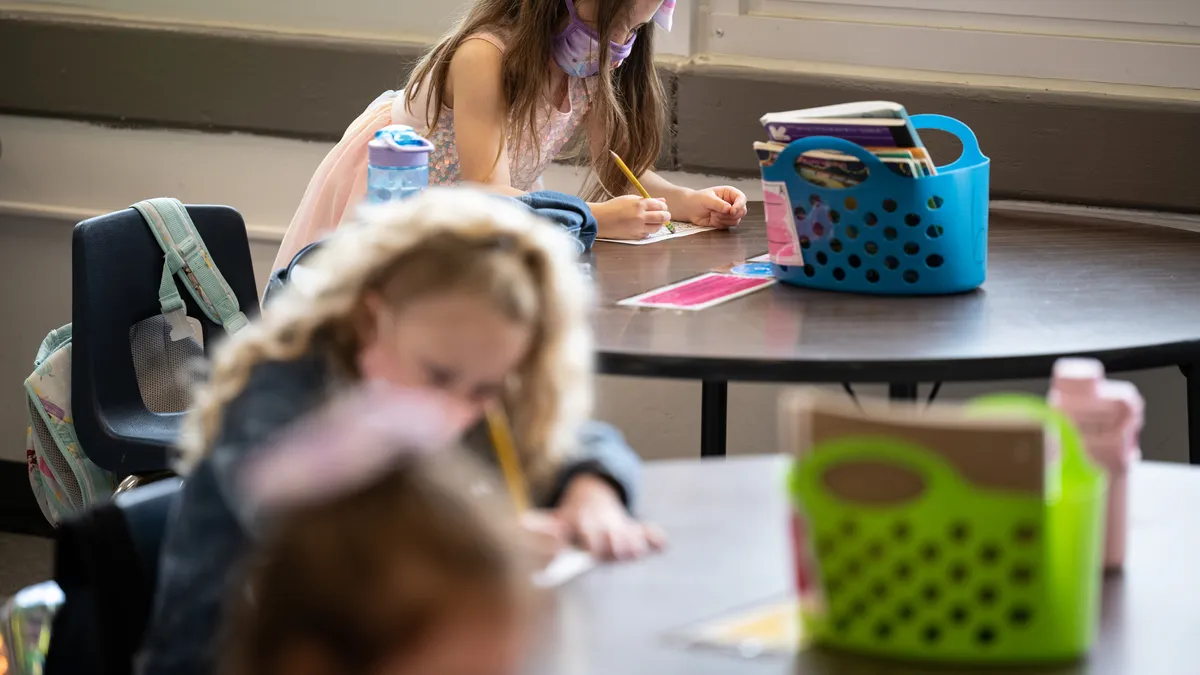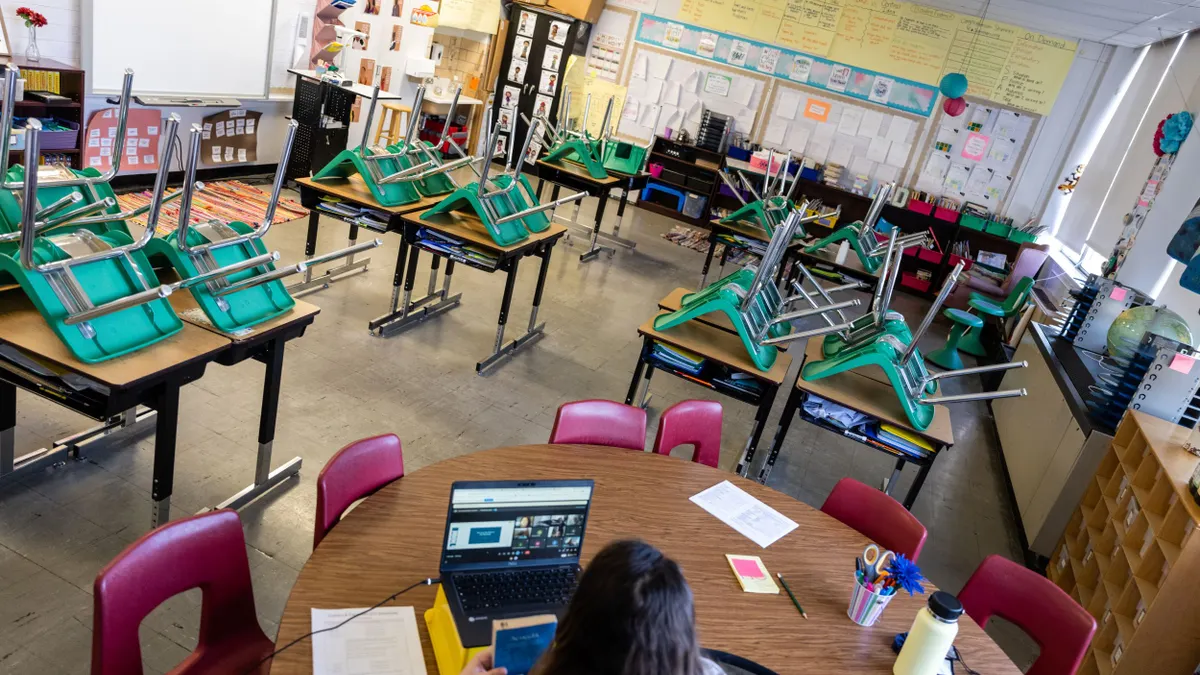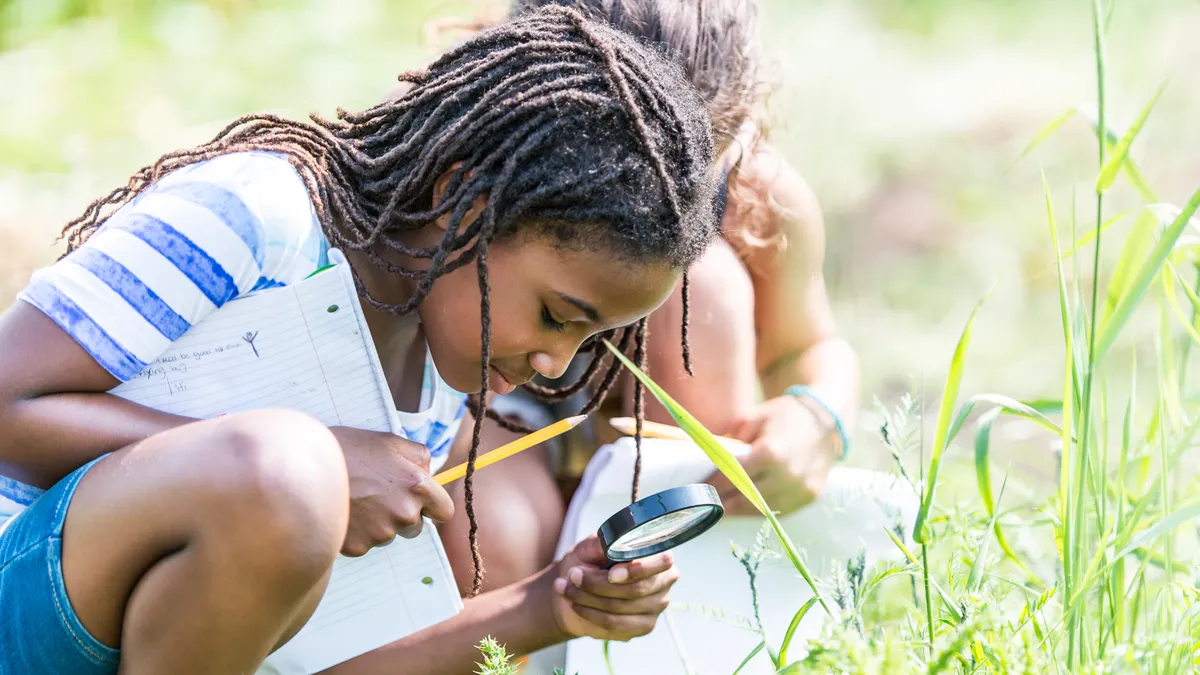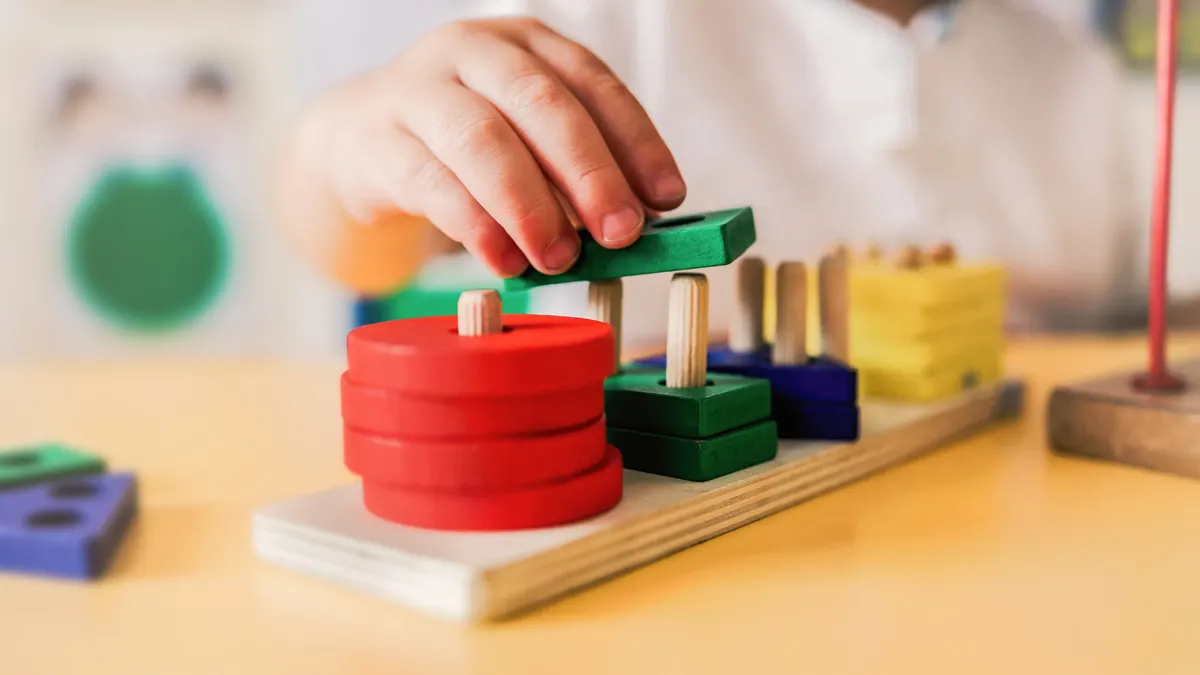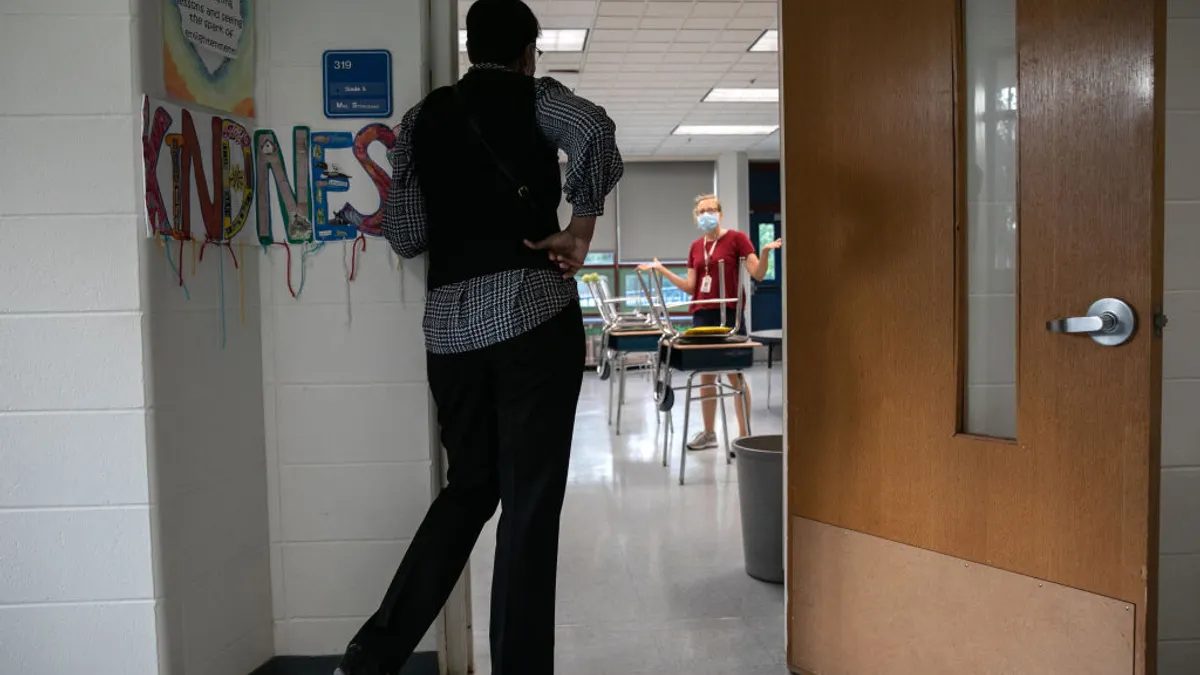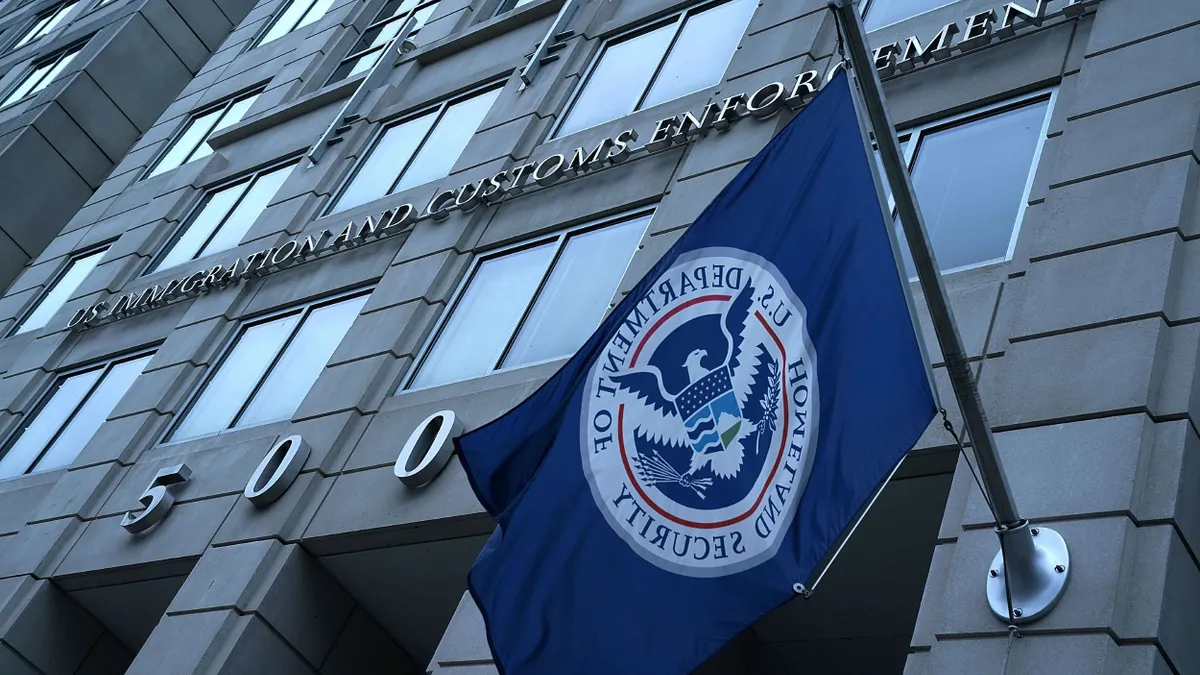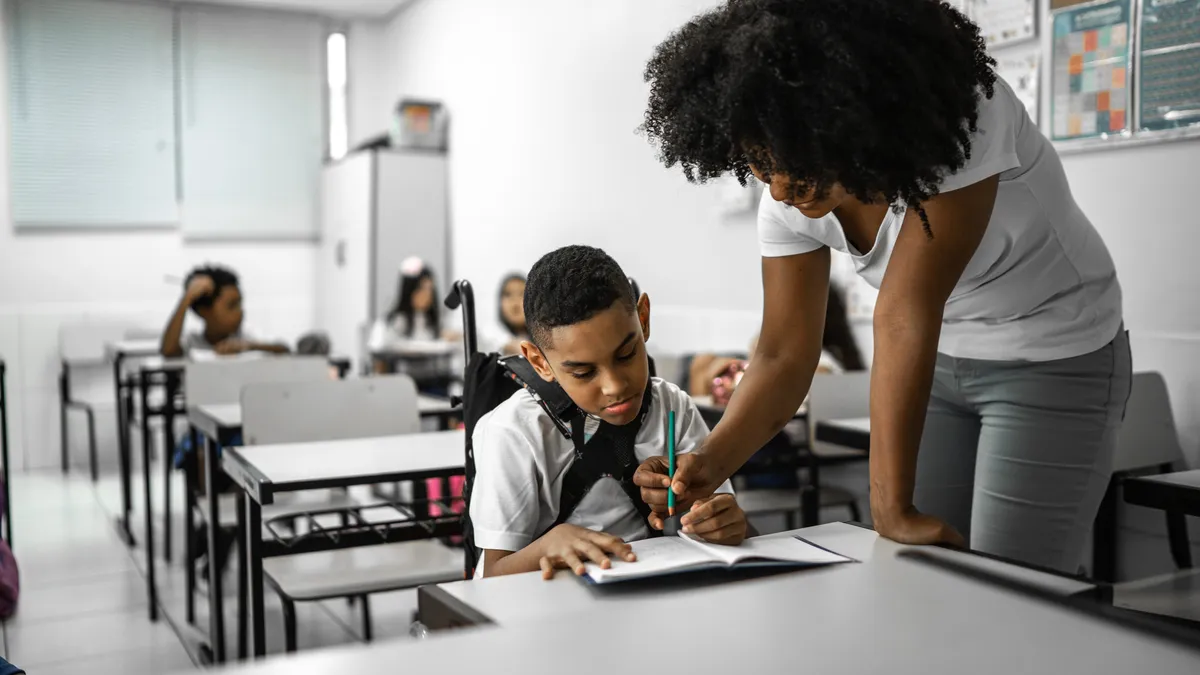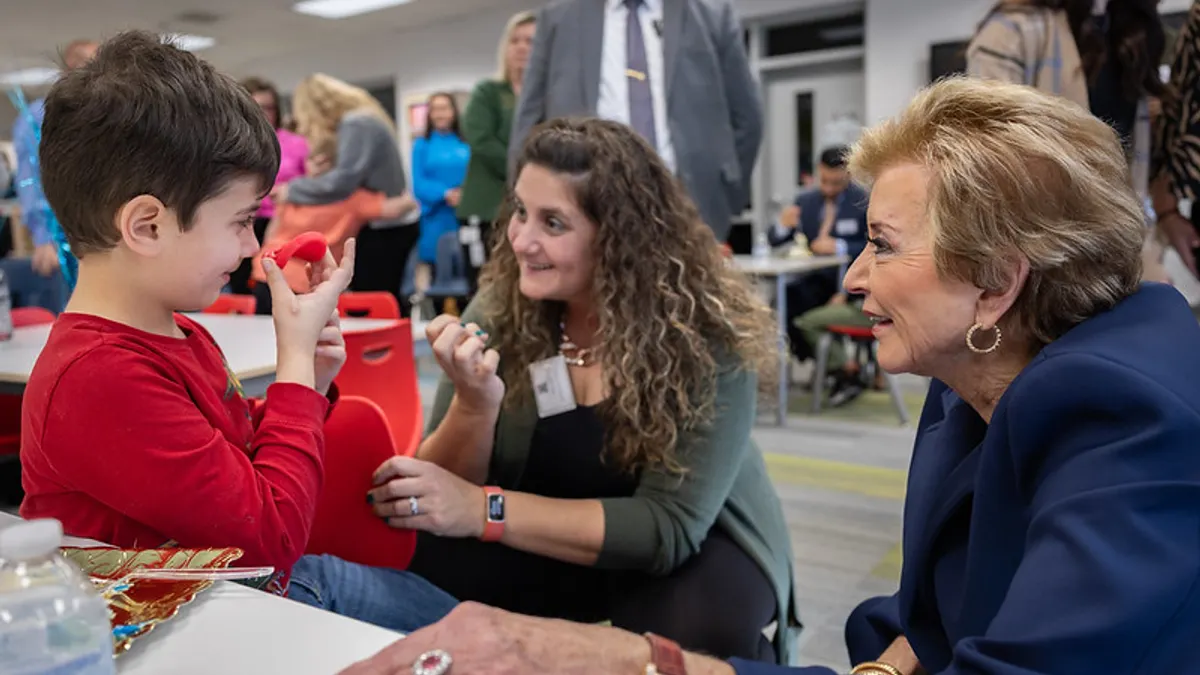Sarah Norman is assistant principal at Thomas Arnold Elementary, a Title I school in Salado, Texas.
When Texas schools first reopened after the first wave of the pandemic, our teachers and administration faced more challenges than ever before. Not only were we still contending with the challenges of remote learning and communication for parents who opted to keep their children home, but we also had to figure out ways to tackle things like teaching students who had been learning in-person but had to quarantine at home after being exposed to COVID-19.
Through it all, ensuring students got the education they deserved and parents stayed in the loop with what their children were learning and doing was paramount. Through employing tools at our disposal and designing organizational systems that worked as efficiently as we could manage, our school has been able to foster a high degree of student retention and learning — despite the chaos.
Marrying consistency with new challenges
My school teaches students at grade levels PK-5. It’s an eclectic, exciting, challenging age group, and there’s never a dull moment on campus or off! When we started offering parents the option to bring their children back to an in-person learning environment, we knew we were going to have to get creative with how we approached the inevitable challenges that would accompany each student.
During the pandemic, our pre-K through 3rd grade teachers taught all subjects to a single group of students every day, while our 4th and 5th grade teachers each taught a single subject to a rotating roster of children. We elected to keep that system for in-person learners, which ensured those students had the consistency of education to which they had grown accustomed.
Remote learning is a different story. Pre-K through 3rd grade students had one designated virtual teacher who worked exclusively with our remote learners, while 4th and 5th grade students met with each subject’s teacher through Google Classroom. Again, we elected to keep our remote learning systems in place even after schools reopened for kids who chose to learn remotely.
The real challenge came when students learning in-person had to quarantine at home. Because of the divided way our teachers taught online or in-person, students stuck at home were tuning into classes with unfamiliar teachers and students. And parents, who like to know who their child’s teacher is, were caught off-guard.
Keeping communication at the forefront
One of the best assets we had during those uncertain times was communication, particularly with parents. Our district has a pretty large Spanish-speaking population, but most of our teachers are not proficient in the language.
Oftentimes, we struggled to communicate to all of our parents in English, let alone in other languages we didn’t know. ClassTag was a really great help in that we were able to send out mass communications to all parents in the language to which they were most accustomed. It gave us a lot of peace of mind knowing nothing was getting lost in translation.
Keeping all teacher/parent communications housed in one location was also key to our district’s success during COVID-19. Through ClassTag, we were able to give parents a one-stop resource for district and schoolwide news, which not only mitigated uncertainty but also lowered the likelihood of a miscommunication causing a student to miss out on vital learning opportunities.
We also discovered some more fun uses for these virtual tools. When we realized ClassTag and Google Classroom had integrations with one another, we jumped at the chance to coordinate fun events like virtual Halloween parties. It gave our students something to look forward to and ensured parents knew the event was coming up so they could get their little one involved. (Have you seen how hard it is to get a 3rd-grader to remember something? Parent involvement is essential!)
Lessons going forward
This year, our district is not offering remote learning options. All students will be returning to in-person learning, and students who need to quarantine due to a COVID-19 exposure will just need to make up their classwork after they return.
If we were to do it all over again, I would definitely sit down with my staff and reevaluate the structure of our virtual learning environment for 4th and 5th grade students. It’s a tough task to tackle because consistency of learning at that age is key, and asking one teacher to teach every subject to older students is a much bigger undertaking than it is at lower grades.
One thing I would definitely not change was our heightened parent and student involvement. I read so many articles during the pandemic about children and families feeling the sudden loss of community that comes from in-person learning. Our teachers and administration districtwide were really great about using tools like Google Classroom and ClassTag to bring students and families together during a really isolating time, and that was an incredible gift.

